mobile View, to the German Version tap the flag
![]()

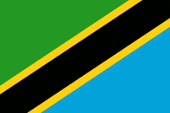


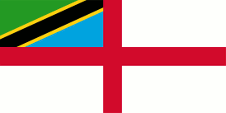

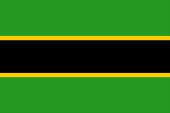
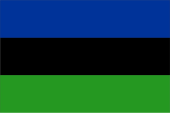
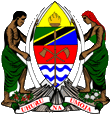


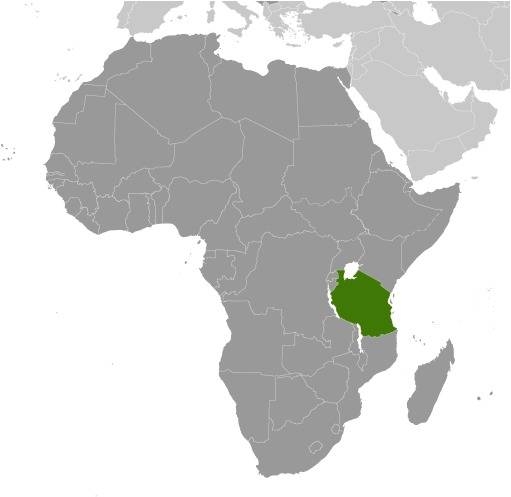
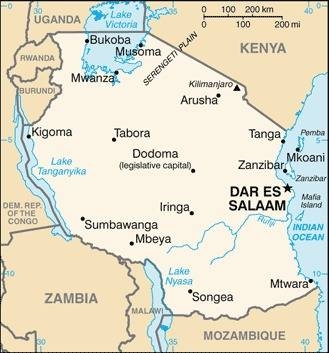
Antiquity · settlement area of the Bantu tribes
8th–15th cent. · Zanzibar is a often visited target of Arabian and Persian merchants, establishment of trade stations, islamization, Arabian settlement
975 · foundation of Kilwa and Zanzibar as Arabian trading bases
1499 · the Portugese seafarer Vasco da Gama sails along the coast on his way to India
28th of January 1499 · Vasco da Gama visits Zanzibar
1505 · conquest of Kilwa by the Portugese, appropriation of the whole eastern coast of Africa
1698–1730 · the coast of Tanganyika comes to Oman, as well as Zanzibar
1856 · death of the Sultan of Oman, in result of British pressure division of the country (division of the dynasty in two lines) in the Sultanate of Oman and the Sultanate of Zanzibar, the coast of Tanganyika comes to Zanzibar
17th of February 1885 · Carl Peters acquires places in the innards of the land in the name of the German East African Company (DOAG) from the Sultan of Zanzibar
27th of May 1885 · establishment of the protectorate of German East Africa including German Witu (situated in the today’s Kenya)
28th of April 1888 · the DOAG leases the coast of the mainland from the Sultan of Zanzibar
1st of July 1890 · Heligoland-Sansibar Treaty, the German Empire renounces its protectorate over Zanzibar, in countermove acquisition of the island of Heligoland from United Kingdom and the ceding of German Witu to United Kingdom
7th of November 1890 · United Kingdom establishes its protectorate over the Sultanate of Zanzibar, the Sultans of Zanzibar reign henceforth on behalf of the British crown which is represented by a British Resident in Zanzibar
20th of November 1890 · the administration of the protectorate of German East Africa becomes taken away from the DOAG after riotings and agitations, formation of the colony of German East Africa
1896/1890 · frontier treaties with United Kingdom and Portugal
1914–1918 · First World War (1916 · British, Indian, South African, Belgian and Portuguese troops conquer German East Africa, resistance of the German protection troops until the 14th of November in 1918, 1918 · Portugese troops occupy the Ruvuma Triangle)
1919 · Ruanda and Urundi come under Belgian administration
1920 · the Ruvuma Triangle becomes ceded to Portugal (to Portugese East Africa [Moçambique])
20th of July 1922 · German East Africa becomes a British mandate of the League of Nations with the name Tanganyikas
11th of December 1946 · Tanganyika becomes a trust territory of the UNO
1954 · foundation of the TANU party (Tanganyika African National Union), it claims the independence of the country
1957 · United Kingdom grants Zanzibar limited autonomy
1st of May 1961 · United Kingdom grants self-administration
9th of December 1961 · United Kingdom grants independence in the framework of the Commonwealth of Nations
9th of June 1962 · formation of the "Republic of Tanganyika"
24th of June 1963 · United Kingdom grants Zanzibar self-rule
10th of December 1963 · the Sultanate of Zanzibar becomes independent and a member of the Commonwealth
12th of January 1964 · Revolution, overthrow of the Sultan, Zanzibar becomes a people’s republic, massacres on the Arabian population, even in January takes place a coup d’état, the Afro-Shirazi Party comes into power
27th of April 1964 · the People’s Republic of Zanzibar unites with the Republic of Tanganyika to the "United Republic of Tanganyika and Zanzibar"
29th of October 1964 · rename in "United Republic of Tanzania"
1965 · establishment of a single-party-system (TANU in Tanganyika, ASP in Zanzibar)
1977 · TANU and ASP unite to the CCM unity party
1978 · war with Uganda
1992 · end of the single-party-system
October 1995 · first free elections in Zanzibar since 30 years
since 2000 · grow strong of the islamistic shaped independence movement on Zanzibar which advocates a separation from Tanganyika, also growing of the Tanganyika national movement
Source:
Atlas zur Geschichte,
Wikipedia (D),
Discovery '97,
Volker Preuß
![]()
